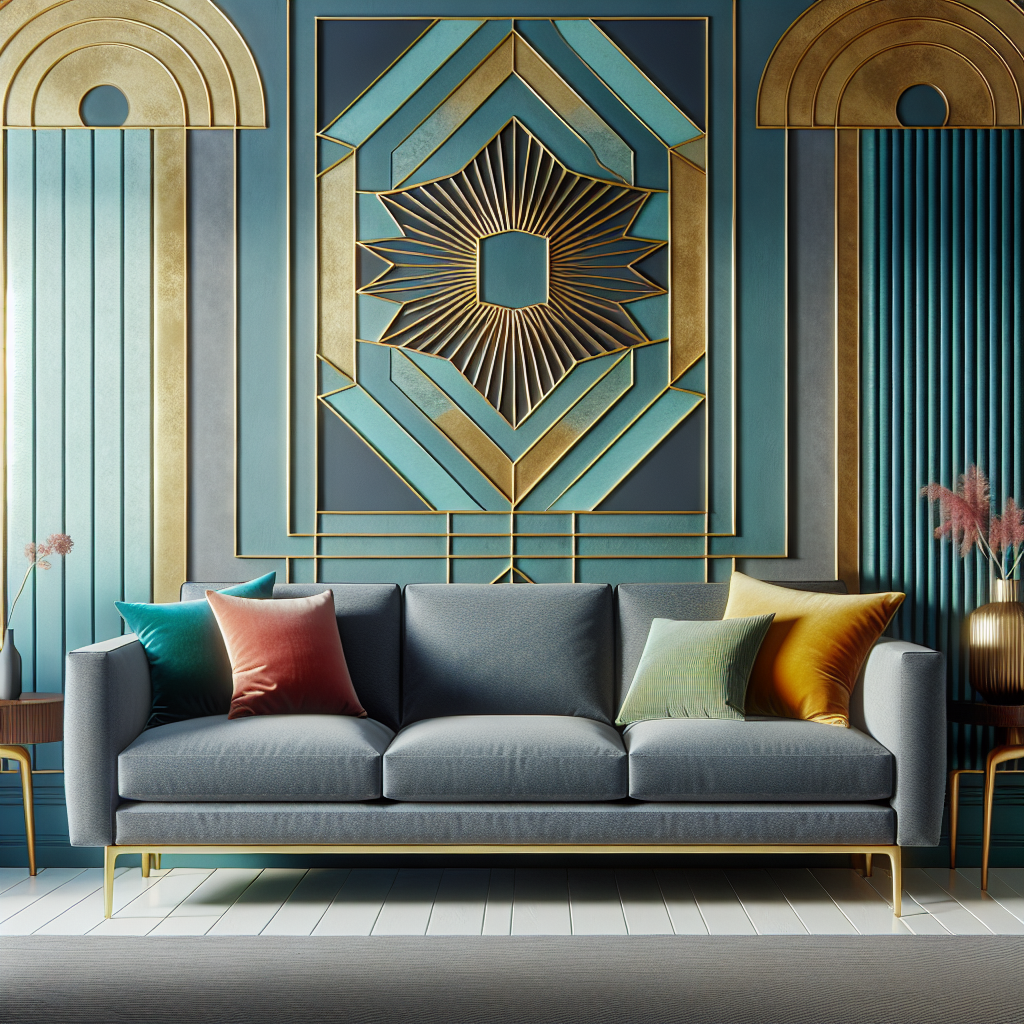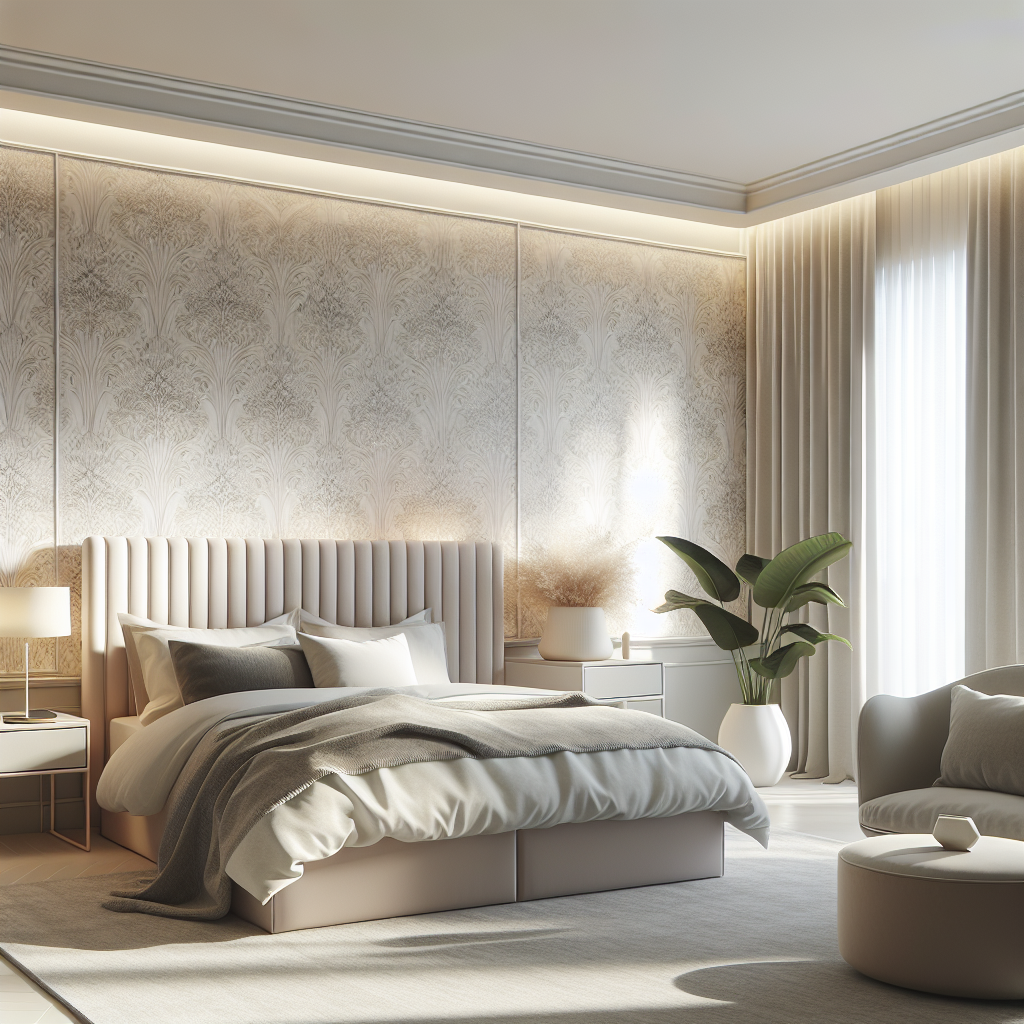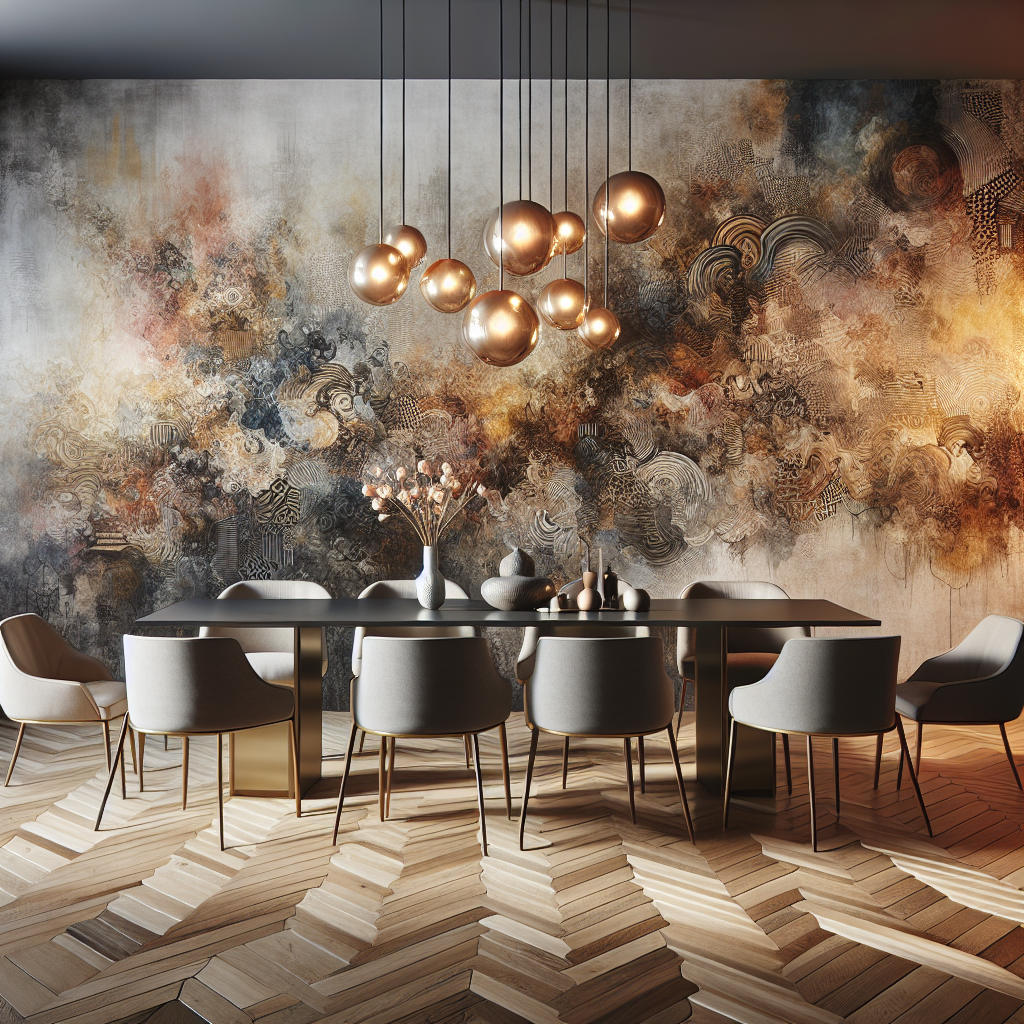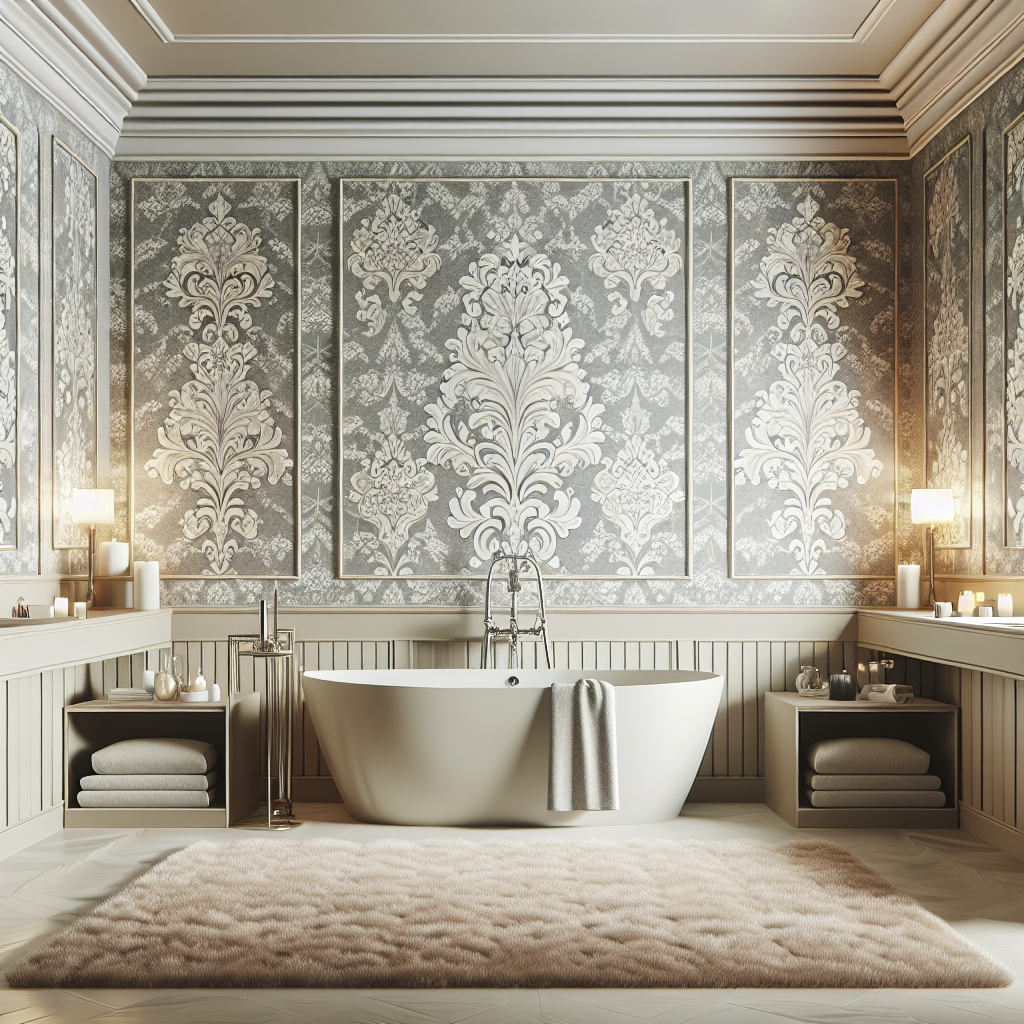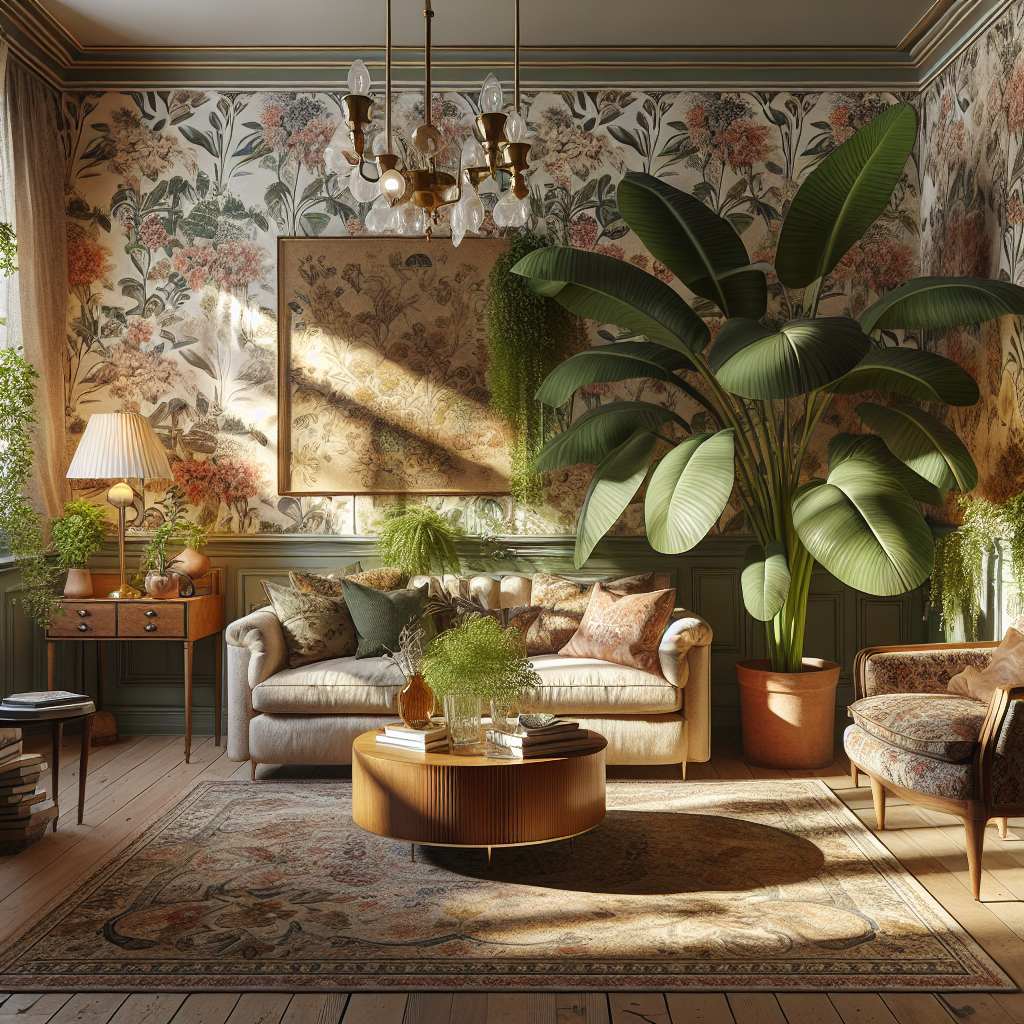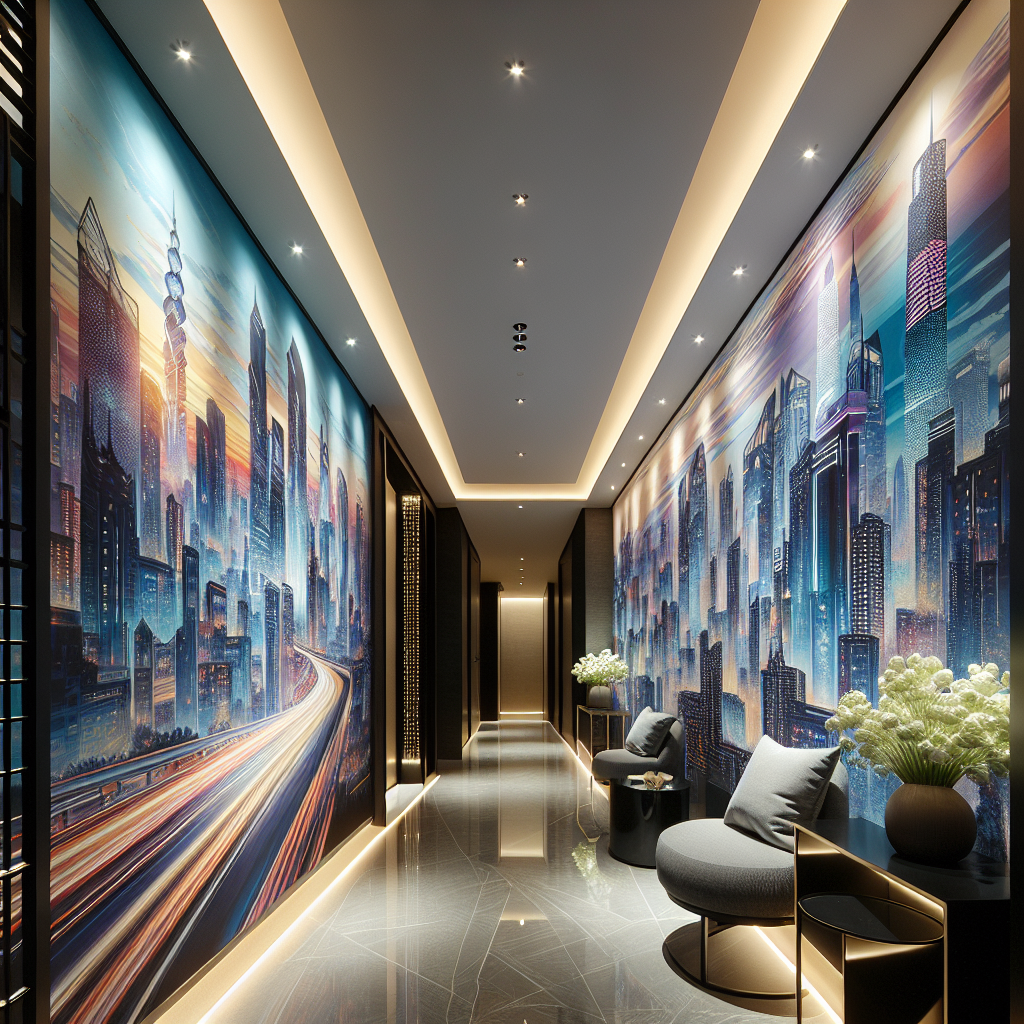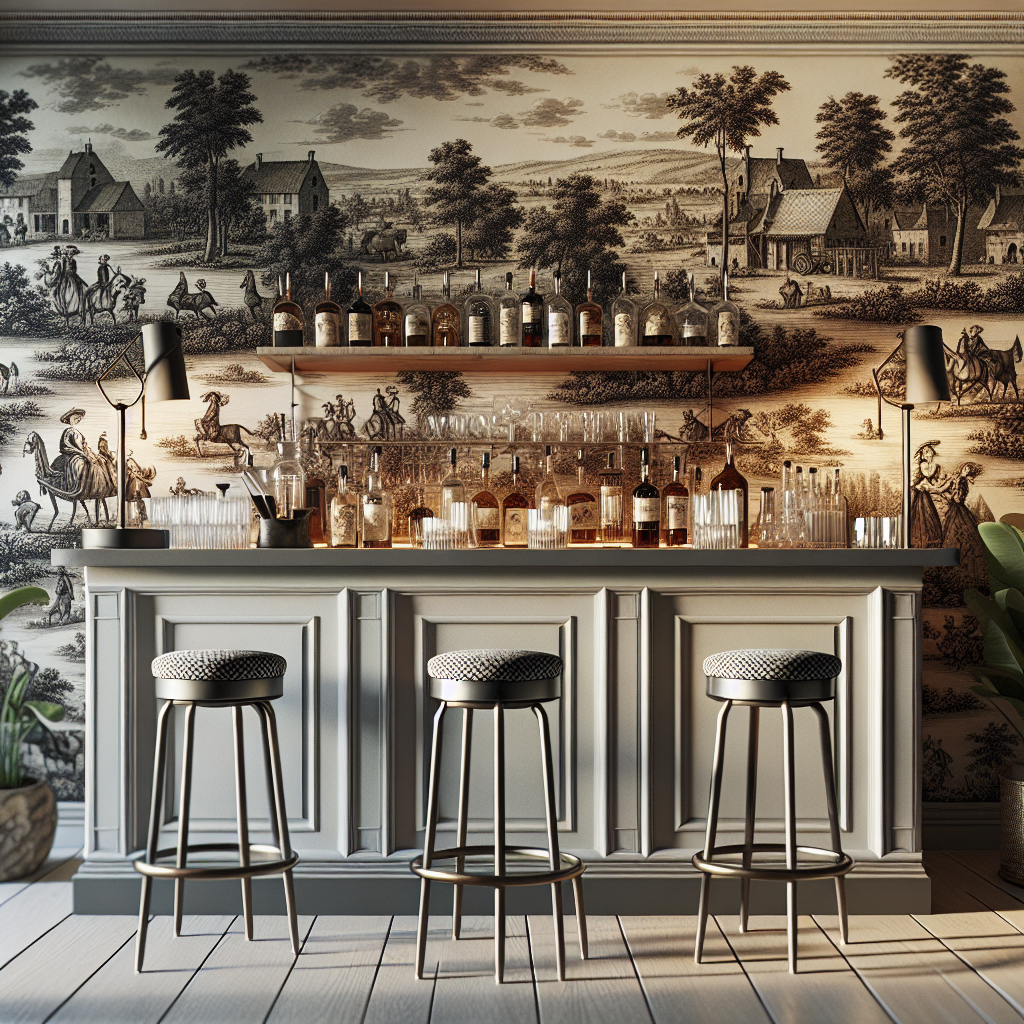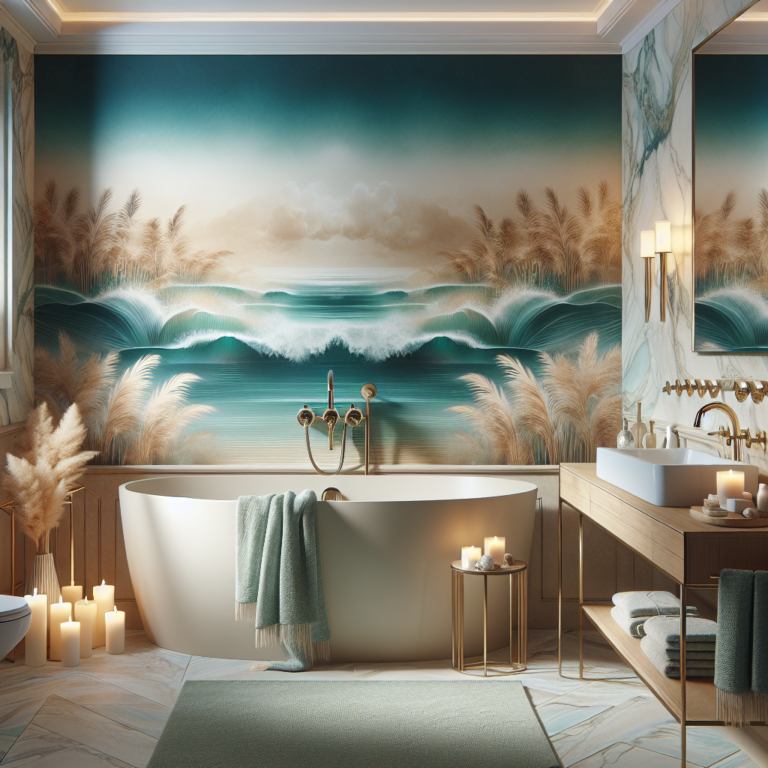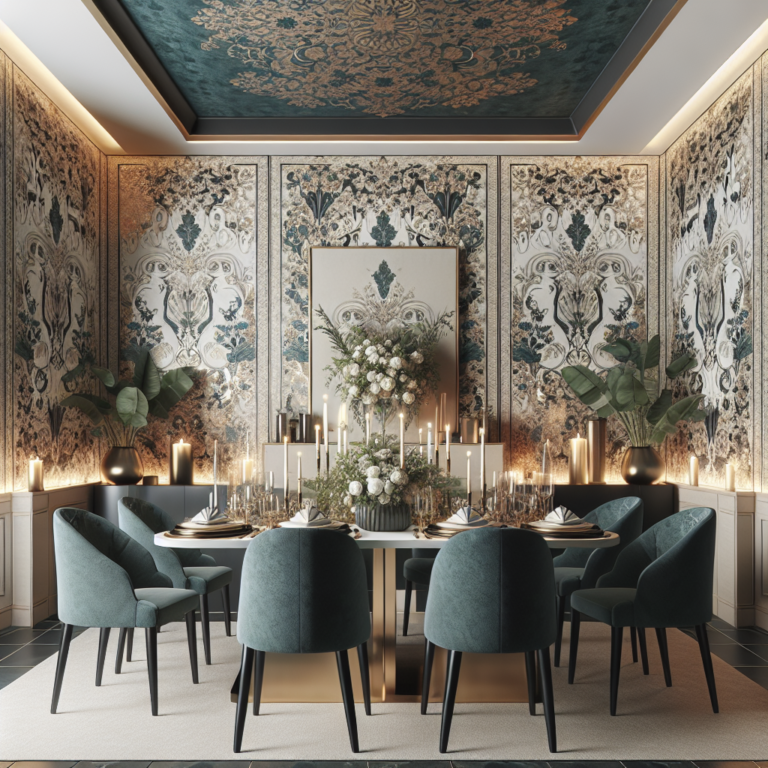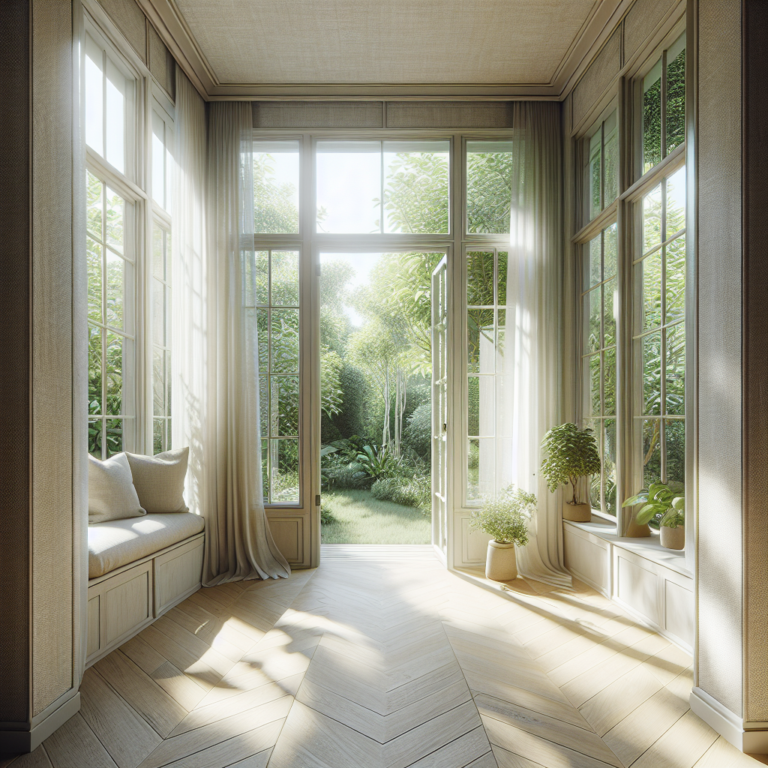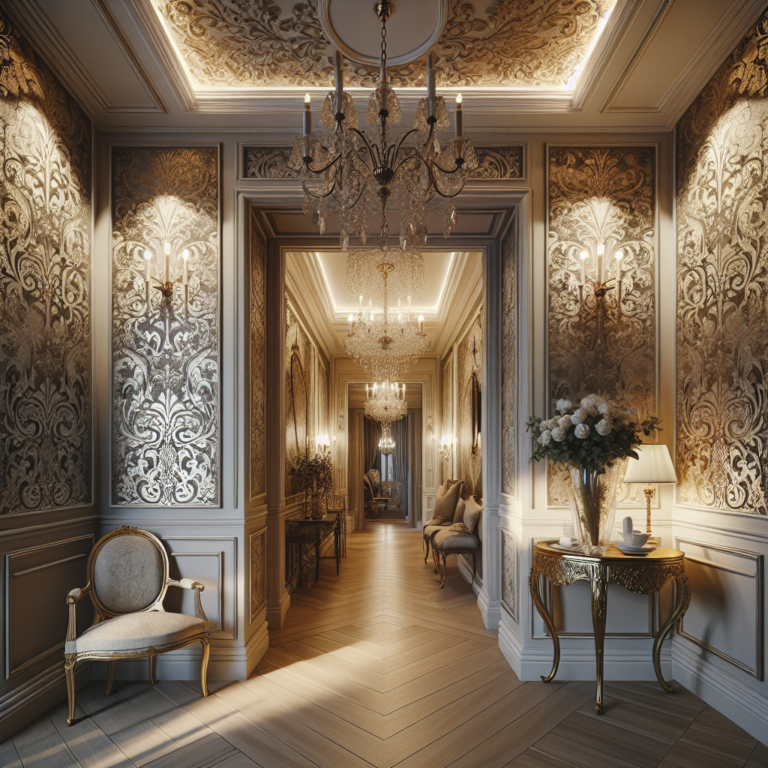How to Create a Focal Point in Any Room with Wallpaper
The Importance of a Focal Point
Creating a focal point in any room is essential for design cohesion and visual interest. A focal point draws the eye and sets the tone for the entire space. It’s where people naturally look when they enter a room, which can enhance the overall ambiance and functionality of the space. Without a focal point, a room can feel chaotic or lacking in direction. Think of a room without a focal point like a story without a plot—it’s difficult to engage with and lacks meaning.
When you establish a focal point, you’re giving viewers a visual anchor. This can be especially important in larger spaces where it’s easy for the eye to wander aimlessly. By using wallpaper strategically, you can create a stunning visual impact that captures attention and enhances the beauty of your room. In this article, we’ll explore how wallpaper can serve as an effective tool in designing your ideal focal point.
Choosing the Right Wallpaper
When it comes to selecting wallpaper for your focal point, the choices can seem overwhelming. You want a design that not only complements the rest of your decor but also stands out enough to create that eye-catching element. Look for bold colors or intricate patterns that will pique interest. Consider your existing color palette—whether you’re going for a modern look or something more traditional, the right wallpaper can make all the difference.
Additionally, texture plays a crucial role in enhancing visual interest. Textured wallpapers, such as those with raised patterns or fabric-like finishes, can add depth and dimension to your space. The ability to introduce tactile elements can make the area feel cozy while maintaining a sophisticated aesthetic. Remember, the goal is to choose wallpaper that not only speaks to your style but also transforms the whole room’s dynamic.
Best Wallpaper Patterns for Focal Points
Patterns can be a game-changer in creating a focal point. Geometric designs, for instance, bring a contemporary edge, striking a balance between trendy and timeless. You can create visual energy by pairing geometric patterns with more subdued elements in the room. Don’t shy away from vibrant florals either; they can infuse your space with personality and warmth, perfect for living rooms or bedrooms that need a little lift.
If you’re looking for something classic, consider damask or paisley patterns. These designs exude elegance and sophistication, making them suitable for more traditional aesthetics. Medium to large-sized patterns can serve as an impactful backdrop for furniture or artwork, allowing other elements in the room to shine. Ultimately, the choice of wallpaper patterns will set the scene and reflect your personal taste while guiding guests through your space.
Using Wallpaper as an Accent Wall
An accent wall is one of the most effective ways to use wallpaper as a focal point. Instead of covering all four walls, why not take the plunge and choose just one wall to adorn? This method not only saves time and resources but also creates a dramatic effect that can completely transform a room. Select the wall that receives the most attention—often, it’s the wall behind a sofa or bed—then apply your bold wallpaper choice. Keep in mind that the positioning of furniture can enhance this effect, making the focal point even more pronounced.
When creating an accent wall, consider the color and pattern in relation to the existing elements in the room. For example, a dark, dramatic wallpaper can make a cozy reading nook in a light-colored room feel inviting and special. Likewise, a bright floral pattern can lighten up a space, making it feel cheerful and full of life. This technique helps you maintain unity while ensuring your focal point stands out as intended.
Complementing Décor with Wallpaper
After selecting the wallpaper for your focal point, it’s crucial to complement it with your other décor elements. Lighting plays an important role; using strategically placed lamps or sconces can illuminate your wallpaper beautifully, enhancing its colors and patterns. You can also use mirrors to reflect the wallpaper, amplifying its presence and adding a touch of elegance to the room.
When it comes to furniture, the key is balance. Avoid overwhelming the space with too many competing patterns or colors. Instead, let the wallpaper shine by keeping surrounding furniture simple and classic. Soft textures like plush pillows or a cozy throw can incorporate hues from the wallpaper subtly while inviting comfort. Think of your wallpaper as the main star of a movie; it doesn’t need overcrowded characters to shine.
DIY Installation Techniques
If you’re feeling adventurous, installing wallpaper yourself can save money and give you a sense of accomplishment. Preparation is the key to ensuring a smooth application. First, gather your tools—rectangular brushes, a utility knife, a tape measure, and wallpaper adhesive are essential for the job. Clear the wall of any items, patch any imperfections, and clean the surface to make sure it’s smooth.
Once you’re set up, measure and cut your wallpaper carefully. A few inches of excess will make trimming easier. As you apply the adhesive to the wallpaper, be mindful of air bubbles, using a smoothing tool to ensure a seamless finish. Take your time! The beauty of wallpaper as a focal point lies in the details, so approach each step cautiously for a stellar result.
Innovative Techniques for Using Wallpaper
If traditional wallpapering isn’t your style, there are plenty of innovative ways to utilize wallpaper as a focal point. For instance, think beyond just walls—why not use it to adorn a ceiling? This unexpected approach can create an astounding effect, especially in rooms with high ceilings. A patterned wallpaper on the ceiling can trick the eye into perceiving greater height and adds an intriguing element to the space.
Another creative option is to wallpaper just the back of a bookcase or shelving unit. This method adds an element of surprise and creates a pleasing backdrop for your treasured books and décor items. You can even use leftover strips of wallpaper to create art pieces by framing them, giving a personalized touch to your room while emphasizing your chosen focal point.
Maintaining Your Wallpaper Focal Point
Once you’ve established your wallpaper focal point, it’s important to maintain its beauty over time. Regular dusting with a microfiber cloth, using a gentle cleanser for tougher stains, and ensuring the humidity levels in your home are balanced can keep your wallpaper looking fresh. Depending on the material of your wallpaper, some may require specific care, so always check the manufacturer’s instructions for the best upkeep practices.
Be mindful of how much sunlight your wallpaper receives as well; UV light can fade colors over time. If you notice any fading or damage, considering a replacement or reapplication can keep your space vibrant and inviting. Remember, a well-maintained focal point will continue to be a source of beauty and inspiration for your home.
Conclusion
Creating a focal point in any room using wallpaper can be a transformative decision for your space. It helps guide the eye, sets the tone, and can even evoke emotional responses. The right wallpaper choice, pattern selection, installation techniques, and maintenance strategies can all contribute to a stunning focal point that showcases your style and enhances your home. So, whether you opt for an accent wall or a creative application, wallpaper can be your secret weapon in creating a beautifully designed room.
FAQs
1. Can I use wallpaper in small rooms?
Absolutely! In small rooms, a well-chosen wallpaper can create depth and make the space feel more expansive. Opting for lighter colors or vertical patterns can enhance the illusion of height.
2. What is the best type of wallpaper for a focal point?
Bold patterns, textured finishes, or vibrant colors work best for creating a focal point. Consider your room’s style to ensure it complements the overall look.
3. How can I ensure my wallpaper stays clean?
Regularly dusting with a soft cloth and consulting the manufacturer’s care instructions will help keep your wallpaper looking fresh. Avoid abrasive cleaners to prevent damage.
4. Is it difficult to install wallpaper myself?
With the right tools and preparation, DIY wallpapering can be straightforward. Take your time and follow a step-by-step guide to achieve the best results.
5. How can I update my wallpaper without changing it completely?
You can update your wallpaper by adding decorative elements like framed art, mirrors, or using different textures in furniture and textiles that build on your focal point.
Below are some great examples of these types of designs: